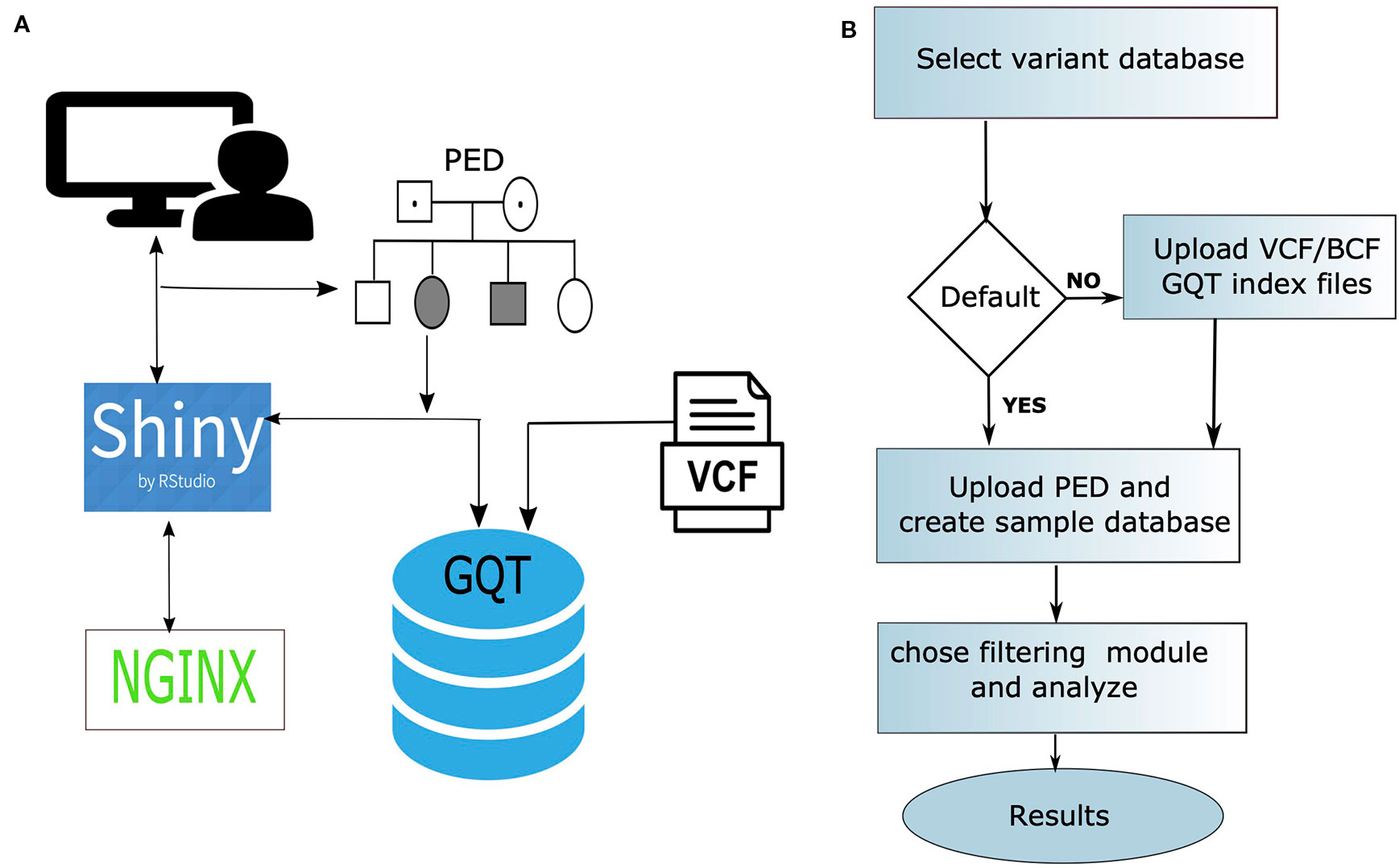

An alternative would be to have a samtools environment and a bcftools environment, but that creates unnecessary steps of having to change environments in the middle of your analysis. This can clean up some installation problems when there are conflicts between individual packages and you want to use them in a single environment. We are installing both samtools and bcftools at the same time.According to my understanding is that when the conda package was put together there is an error wherein samtools specifically says to get version 1.1 of openssl, but the samtools program specifically requires version 1.0 to be present.

In this case, a lower version than would normally be installed if samtools were installed by itself. Forcing the installation of a specific version of openssl.There are 2 different things going on in this command. Instead the correct command is actually: conda install -c bioconda samtools bcftools openssl=1.0 If you use and arrive at you will easily assume that the correct command you need is: conda install -c bioconda samtools as this has been the command that has worked for our other tools so far. Unlike with the previous tools, there is a difficulty this time. coli genomes we mapped in the previous tutorial.Īs we have done with: fastqc, cutadapt, and bowtie2, we want to install samtools. Use SAMtools to identify variants in the E.Work with a more complex conda installation, and how to troubleshoot it.This tutorial expects you have already completed the Mapping tutorial. It includes programs for performing variant calling (mpileup-bcftools). You'll be using it quite a bit throughout the course. SAMtools is a suite of commands for dealing with databases of mapped reads.


 0 kommentar(er)
0 kommentar(er)
